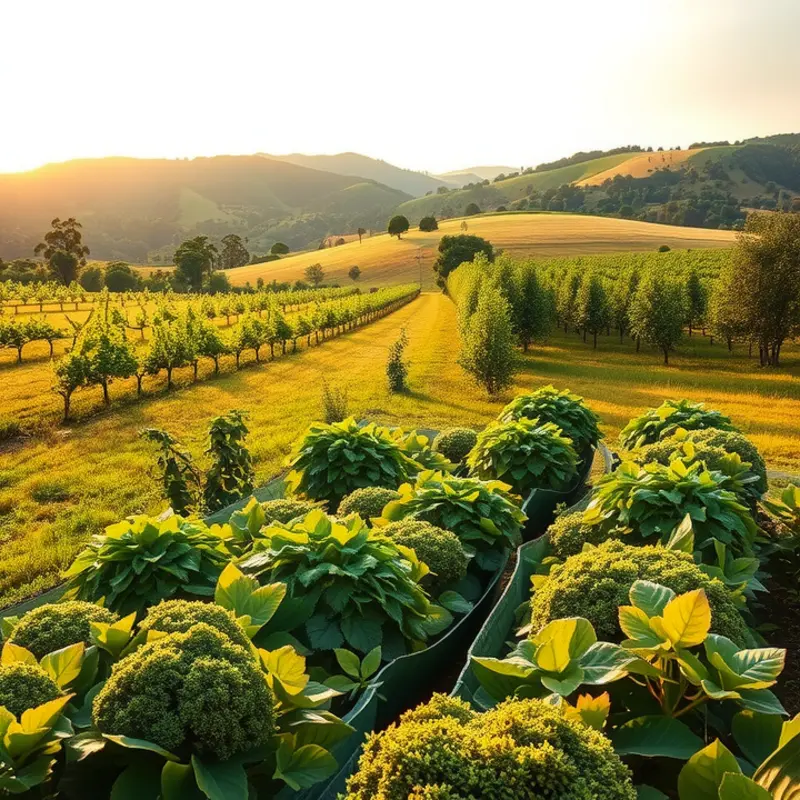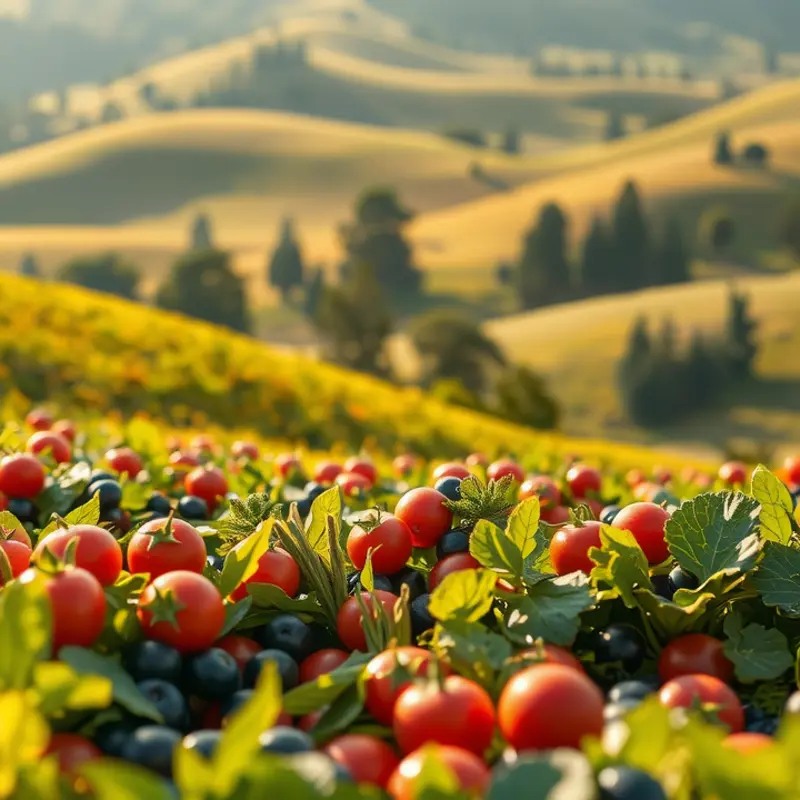Adopting eco-friendly cooking habits is a powerful way to contribute to a healthier planet while enjoying delicious meals. By integrating sustainable practices into your kitchen, you not only reduce your environmental impact but also support local economies and promote healthier eating. This journey begins with small, manageable changes in your cooking and food sourcing. Dive into these sustainable practices that embrace seasonality, minimize waste, and prioritize organic ingredients.
Seasonal and Local Sourcing: The Heart of Eco-Friendly Cooking

Choosing seasonal and locally-sourced ingredients is fundamental to eco-friendly cooking. This approach reduces the carbon footprint by minimizing transportation emissions and bolsters local economies. Opting for products grown close to home means fewer food miles and less environmental impact. Additionally, seasonal produce typically requires fewer resources to grow, as it thrives in its natural environment.
One practical tip for identifying seasonal products is to frequent local farmers’ markets. These markets are a direct link to the farmers themselves, providing insights into what is currently in season. Conversing with growers can enhance your understanding of how and where your food is produced.
Another strategy is to join a community-supported agriculture (CSA) program. These programs connect consumers with farms, often providing weekly or bi-weekly boxes of fresh produce. Not only does this support local farmers, but it also encourages diverse and nutritious meal planning based on what’s available at any given time. If you’re unsure about CSA options, a quick search online can link you to local programs in your area.
While exploring local options, consider integrating organic alternatives into your meals. Organic farming practices avoid synthetic fertilizers and pesticides, reducing chemical runoff into local ecosystems. While organic options may be more expensive, they contribute to reducing overall chemical pollution.
Embracing this sourcing approach elevates your meals in unique ways. The fresher the produce, the richer the nutritional content and flavor, enhancing both the taste and health benefits of your dishes. Experimenting with seasonal produce can also introduce new flavors, improving your culinary repertoire.
For those seeking to minimize their ecological footprint further, check out minimizing ecological diet impact for comprehensive tips on integrating sustainable practices into your diet. Incorporating these habits contributes to a healthier planet, promoting a cycle of production and consumption that we can sustain long-term.
Waste Reduction: Creative Ways to Minimize Kitchen Waste

Minimizing kitchen waste is an impactful way to contribute to environmental sustainability. At the heart of this effort is composting, a simple yet effective practice. By turning food scraps into nutrient-rich compost, we not only reduce landfill waste but also enhance our garden soil. Establish a composting system in your kitchen with easily accessible bins for food remnants like vegetable peels and eggshells. This helps transform what would have been waste into valuable resources.
Expanding our ability to use leftovers creatively can further curb waste. Turn last night’s roast chicken into a hearty soup, or use that leftover rice as the base for a stir-fry. This not only saves money but also makes meal preparation a less daunting task. Learning to see leftovers as ingredients for new meals transforms the typical waste mindset into one of resourcefulness.
Proper food storage is another critical element. By keeping ingredients fresh for longer periods, we can significantly reduce spoilage. Adopt techniques like vacuum sealing or freezing to extend the shelf life of perishable items. For more detailed information about suitable storage techniques, refer to resources like food waste tracking methods, which offer insights into optimizing food preservation.
Repurposing scraps is an art form that can lead to unexpected culinary delights. Citrus peels can infuse vinegar for cleaning, or create aromatic zest for baking. Broccoli stalks, often discarded, can be sliced and used in slaws or stir-fries. This practice not only aligns with sustainability but also celebrates the full use of each ingredient, turning what was once considered refuse into culinary opportunity.
Packaging waste is another significant concern. Opt for bulk buying and reusable containers to reduce reliance on single-use plastics. Glass jars and fabric bags offer environmentally friendly alternatives, providing a sustainable solution to food storage. Choosing these options not only decreases waste but often supports local businesses by purchasing from bulk stores, which usually means less processing and transportation.
Cultivating a zero-waste mindset in the kitchen encourages us to question our consumption habits and consider the lifecycle of our ingredients. By making small, conscious changes, such as embracing whole foods, reducing dependency on processed items, and fostering a culture of mindfulness, we align our home kitchens with sustainable living principles. Each choice contributes to a larger impact, promoting a healthier planet one meal at a time.
Final words
Eco-friendly cooking isn’t just a trend; it’s a rewarding lifestyle choice that fosters both personal health and environmental well-being. By choosing seasonal, local ingredients and reducing kitchen waste, you not only enhance the flavors of your meals but also contribute significantly to a sustainable future. As you experiment with new cooking habits, remember that small changes lead to substantial impacts. Embrace these eco-friendly practices with enthusiasm and creativity, and inspire others around you to join on this journey toward a healthier planet.








